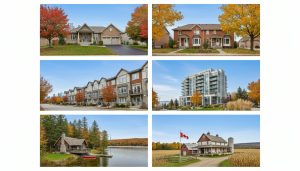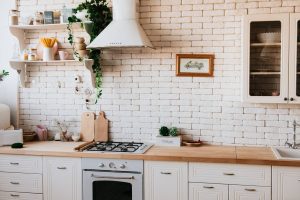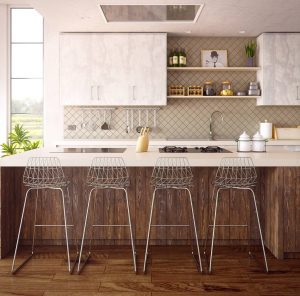How do I estimate renovation costs accurately?
Want to know exactly what your renovation will cost — before you sign a single contract?
Quick Answer: How to Estimate Renovation Costs Accurately
Follow a simple formula: define scope + price by unit + get multiple quotes + add allowances + build a contingency. Use a renovation cost estimator and track real numbers. That approach gives accurate, defensible estimates every time.
Why accurate renovation estimates matter
Home renovation costs can blow up fast. Poor estimates kill budgets, timelines, and ROI. A reliable renovation budget protects your equity and keeps contractors honest. This is not guesswork — it’s a repeatable process.
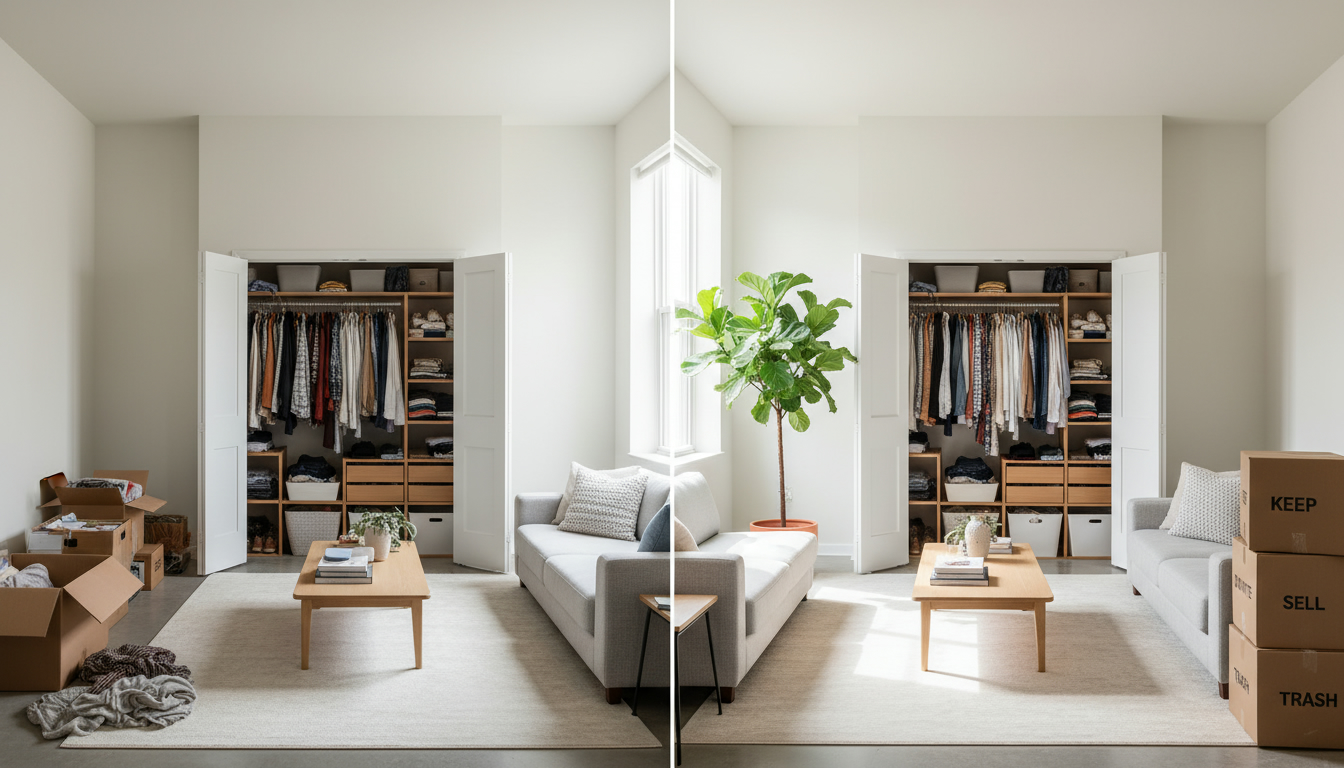
Step 1 — Define scope and priorities
Document exactly what you will replace or build. List rooms, fixtures, finishes, and appliances. Tag each item as must-have, want, or optional. Clear scope turns vague remodeling costs into line-item pricing.
Step 2 — Use unit pricing and cost per square foot
Convert items to units: square feet, linear feet, fixtures, or labor hours. Common benchmarks: general home renovation costs run broadly from $100–$400 per sq ft depending on finish level. Kitchens and bathrooms typically cost more per sq ft. Use local cost-per-square-foot data or a renovation cost estimator to set realistic baselines.
Step 3 — Get at least three renovation quotes
Collect three written renovation quotes from reputable contractors. Make sure each quote maps to your scope line by line. Compare labor, materials, timelines, and exclusions. Quotes expose hidden costs and help you negotiate.
Step 4 — Add allowances and line-item details
When exact fixtures or finishes are unknown, use allowances — budget placeholders for cabinetry, countertops, appliances, and tiles. Write allowances into contracts so you don’t get surprised by upgrades at the end.
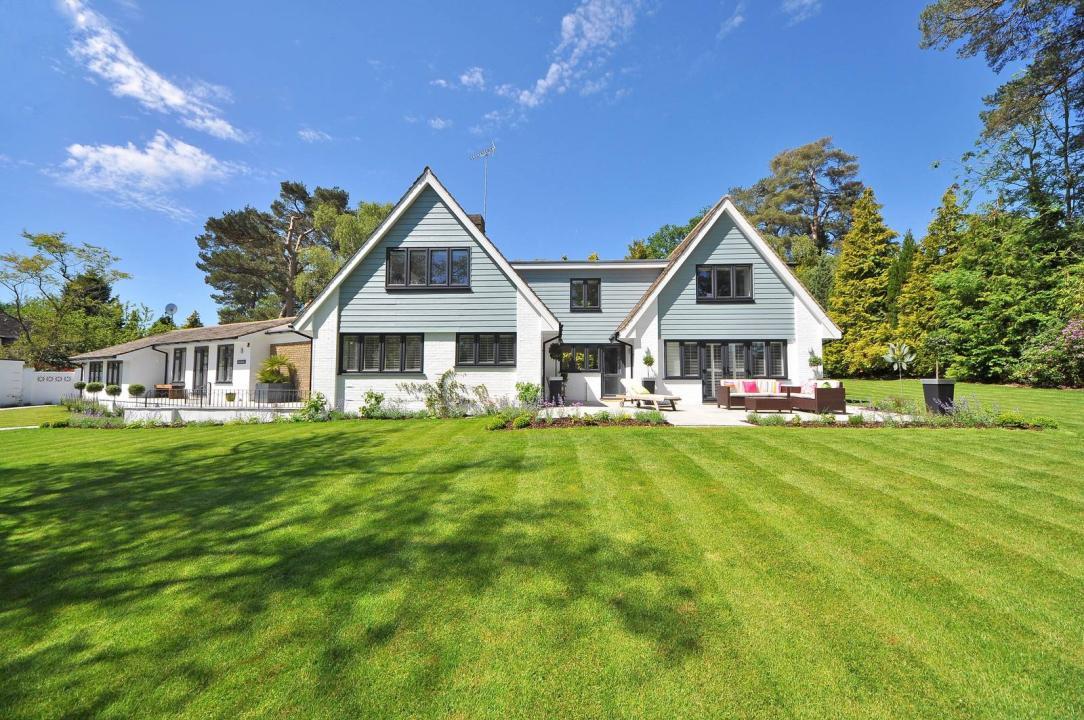
Step 5 — Build a contingency fund
Set a contingency fund of 10–20% for typical projects. For older homes or structural work, use 20% or more. Contingency covers unknowns: hidden rot, electrical upgrades, permit delays, and scope changes.
Step 6 — Account for permits, inspections, and project management
Include permit fees, engineering reports, temporary protection, waste removal, and project management. These items are often missed and add 5–10% to final remodeling costs.
Step 7 — Track actual costs and update estimates
Track invoices weekly. Reconcile budget vs. real spend. Update your renovation cost estimator and reforecast the final cost. This keeps surprises small and decisions data-driven.
Example quick estimate
Small bathroom: $12,000–$28,000 (allowances and fixtures vary). Mid-range kitchen: $25,000–$75,000. These ranges depend on size, finishes, and local labour.
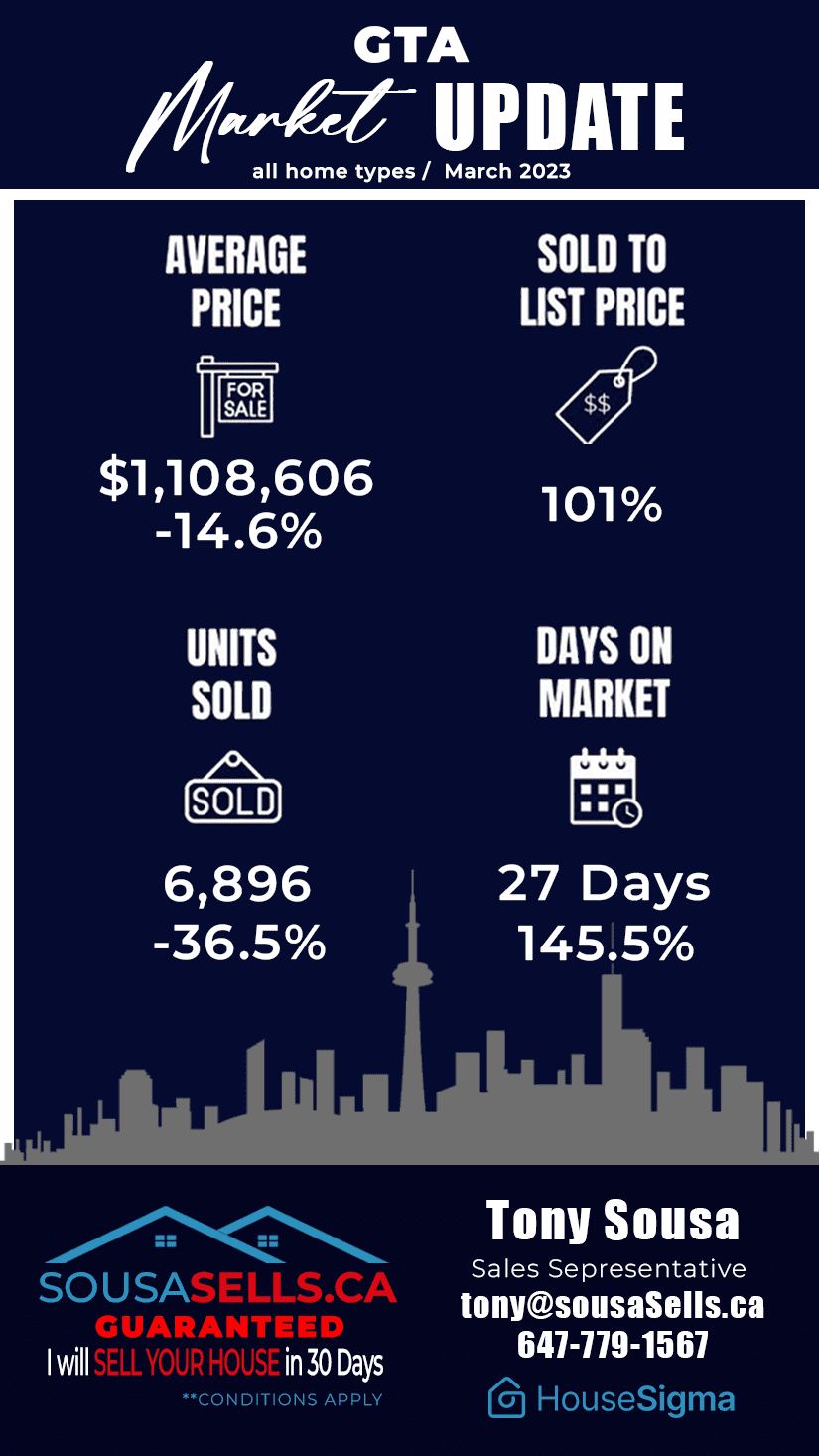
Final takeaway
Estimating renovation costs accurately is a disciplined process: scope, unit pricing, multiple quotes, allowances, and a contingency. Use a renovation cost estimator and track real numbers. That’s how professionals control remodeling costs and protect ROI.
For expert guidance and local cost benchmarks in Toronto, contact Tony Sousa — experienced realtor and renovation advisor. Email: tony@sousasells.ca | Call: 416-477-2620 | https://www.sousasells.ca
Keywords: estimate renovation costs, renovation cost estimator, home renovation costs, cost per square foot, renovation budget, renovation quotes, remodeling costs, contingency fund



